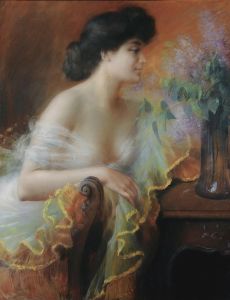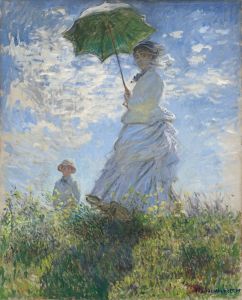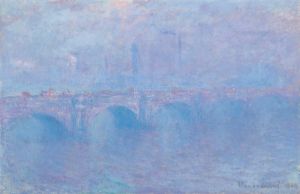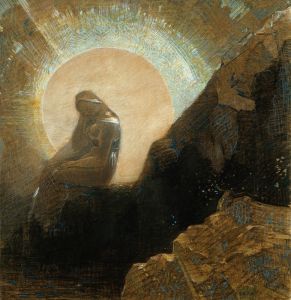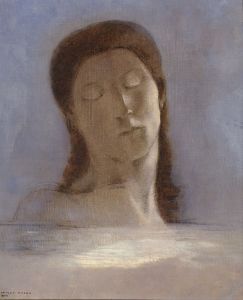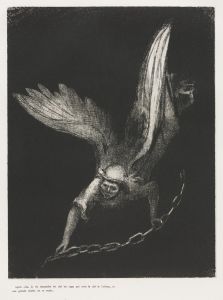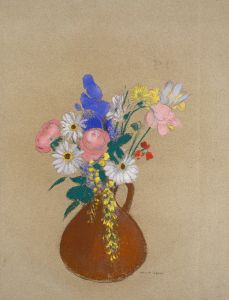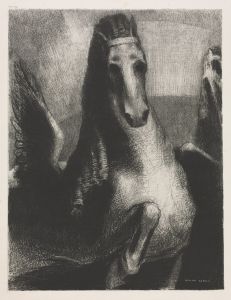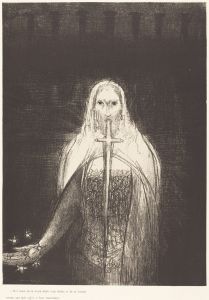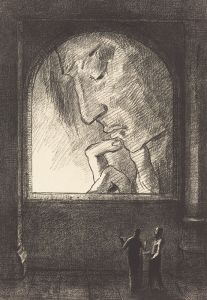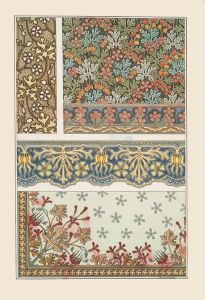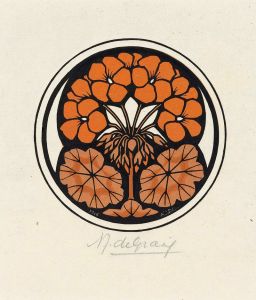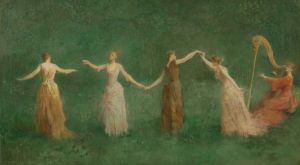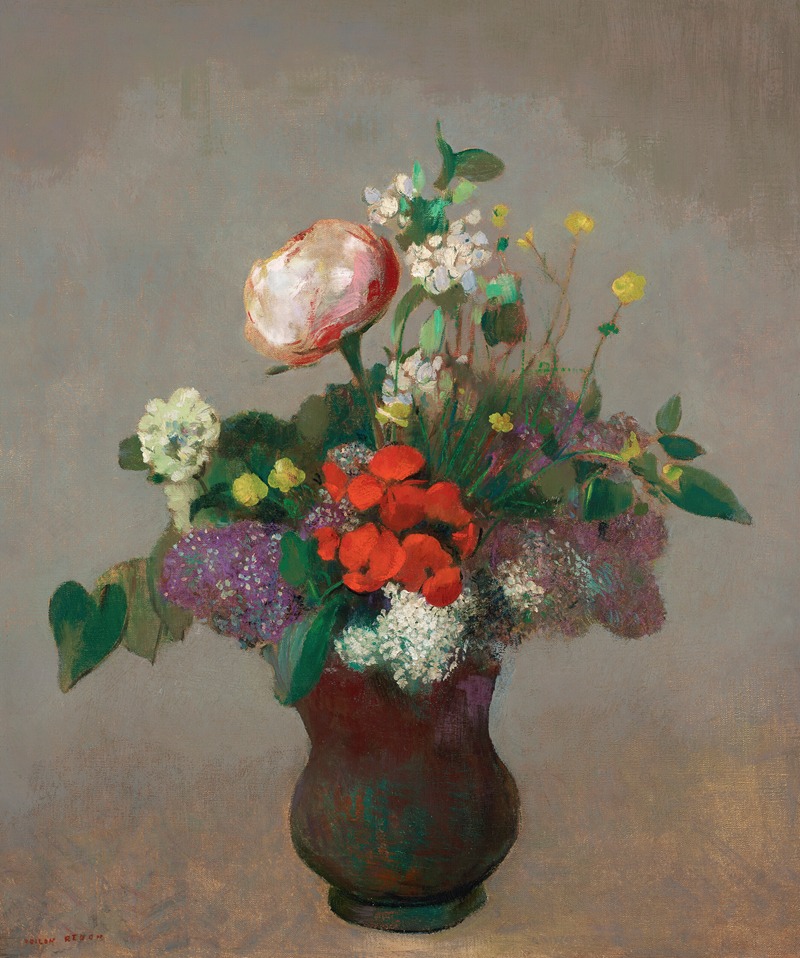
Pivoine, géranium et lilas
A hand-painted replica of Odilon Redon’s masterpiece Pivoine, géranium et lilas, meticulously crafted by professional artists to capture the true essence of the original. Each piece is created with museum-quality canvas and rare mineral pigments, carefully painted by experienced artists with delicate brushstrokes and rich, layered colors to perfectly recreate the texture of the original artwork. Unlike machine-printed reproductions, this hand-painted version brings the painting to life, infused with the artist’s emotions and skill in every stroke. Whether for personal collection or home decoration, it instantly elevates the artistic atmosphere of any space.
Odilon Redon (1840–1916) was a French symbolist artist known for his dreamlike and imaginative works, which often blended elements of reality with the fantastical. Among his many creations, the painting Pivoine, géranium et lilas (Peony, Geranium, and Lilac) is a notable example of his later artistic style, which focused on vibrant colors and floral compositions.
This artwork is part of Redon's mature period, during which he transitioned from his earlier monochromatic charcoal drawings, known as "noirs," to a more colorful and luminous palette. Pivoine, géranium et lilas exemplifies this shift, showcasing his mastery of pastel and oil techniques. The painting features a bouquet of flowers, including peonies, geraniums, and lilacs, arranged in a harmonious and dreamlike composition. The flowers are depicted with a soft, almost ethereal quality, emphasizing their delicate forms and vivid colors. Redon’s use of light and shadow enhances the sense of depth and creates a luminous effect, drawing the viewer into the serene and poetic atmosphere of the piece.
Redon’s floral works, including Pivoine, géranium et lilas, are often interpreted as expressions of his interest in nature and spirituality. Rather than aiming for botanical accuracy, he focused on capturing the emotional and symbolic essence of the flowers. This approach aligns with the broader Symbolist movement, which sought to convey ideas and emotions through symbolic imagery rather than direct representation.
The painting reflects Redon’s fascination with the interplay between reality and imagination. While the flowers are recognizable, their arrangement and the surrounding environment evoke a sense of otherworldliness. This blending of the real and the fantastical is a hallmark of Redon’s style and contributes to the enduring appeal of his work.
Pivoine, géranium et lilas is part of a larger body of floral still lifes that Redon created during the later years of his career. These works were highly regarded during his lifetime and continue to be celebrated for their beauty and originality. Today, Redon’s floral paintings are considered significant contributions to the Symbolist movement and are appreciated for their ability to evoke a sense of wonder and introspection.
The exact date of creation for Pivoine, géranium et lilas is not definitively documented, but it is consistent with the style and themes of Redon’s later works, which were produced primarily in the late 19th and early 20th centuries. The painting is housed in a private collection or museum, though specific details about its current location are not widely available.





